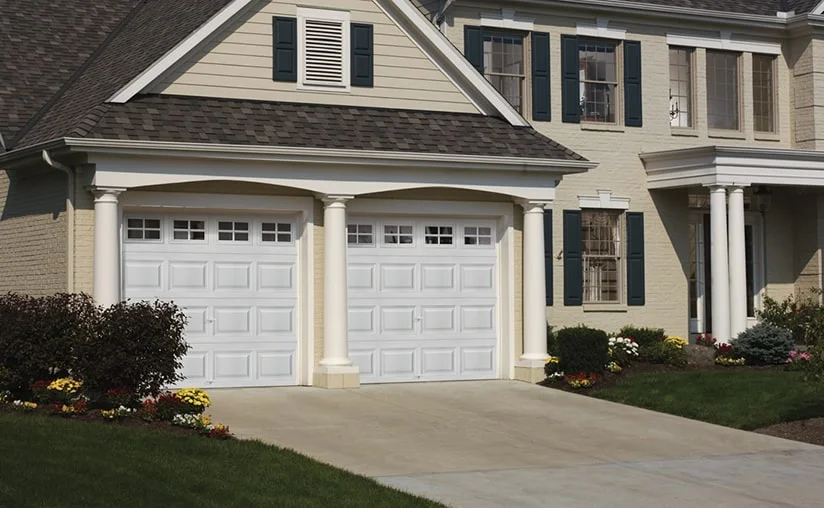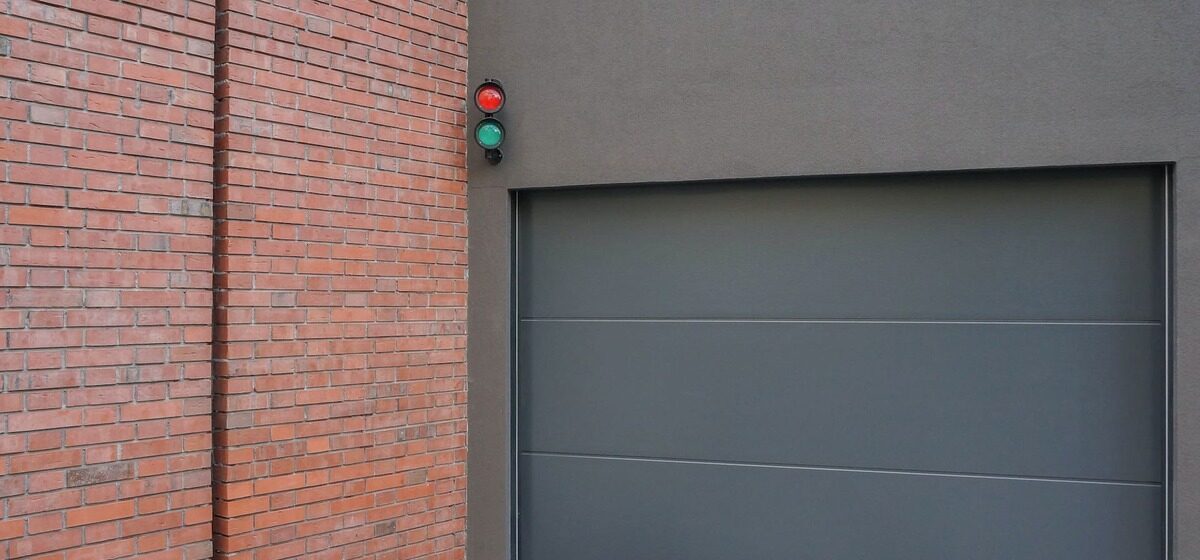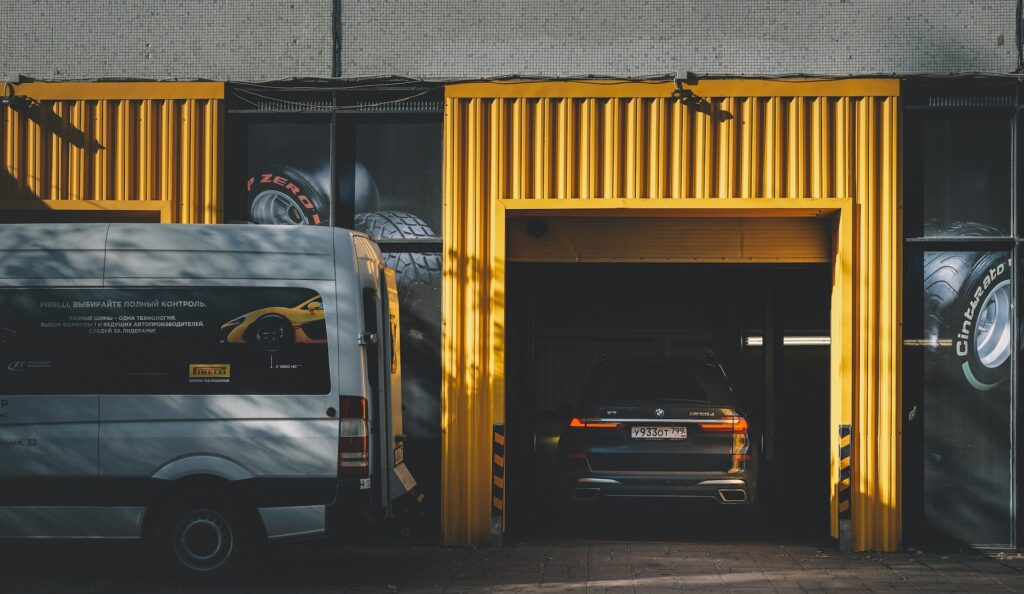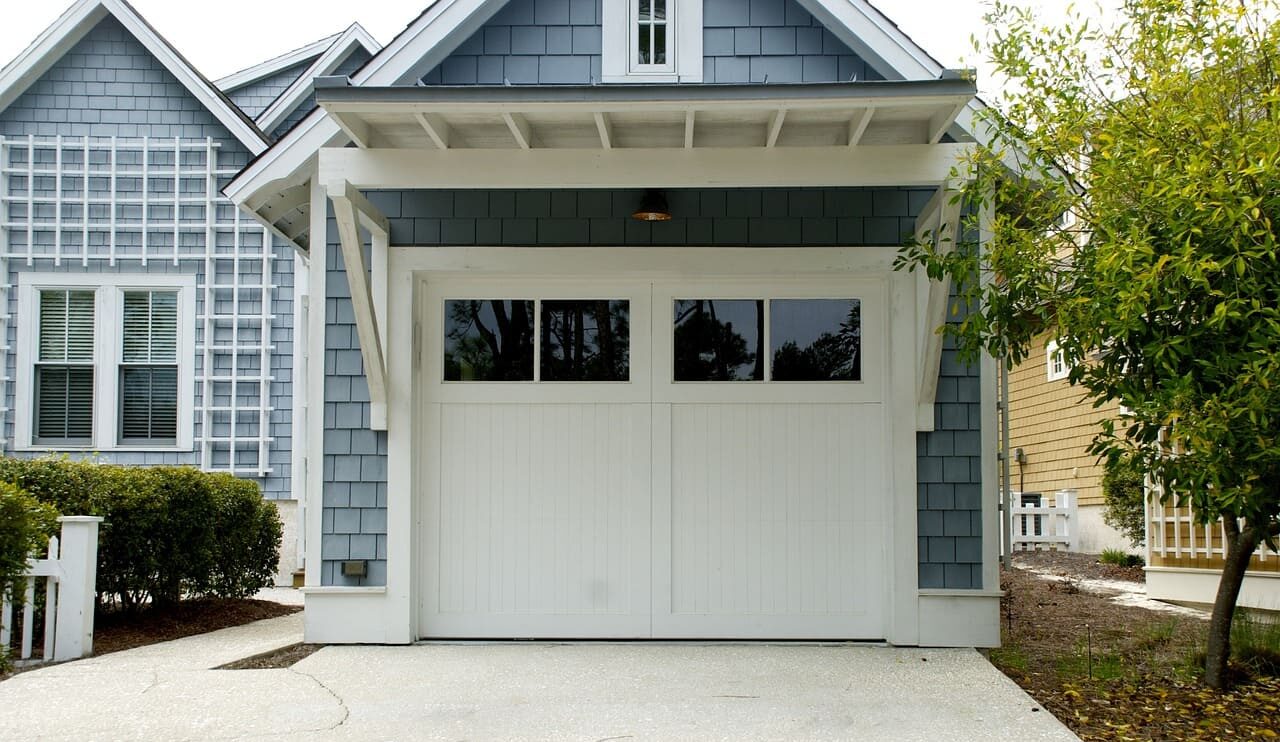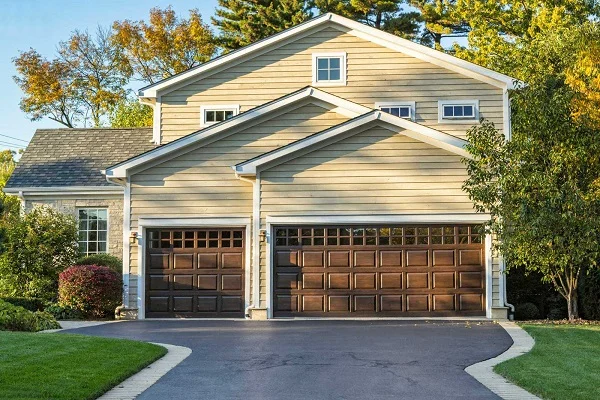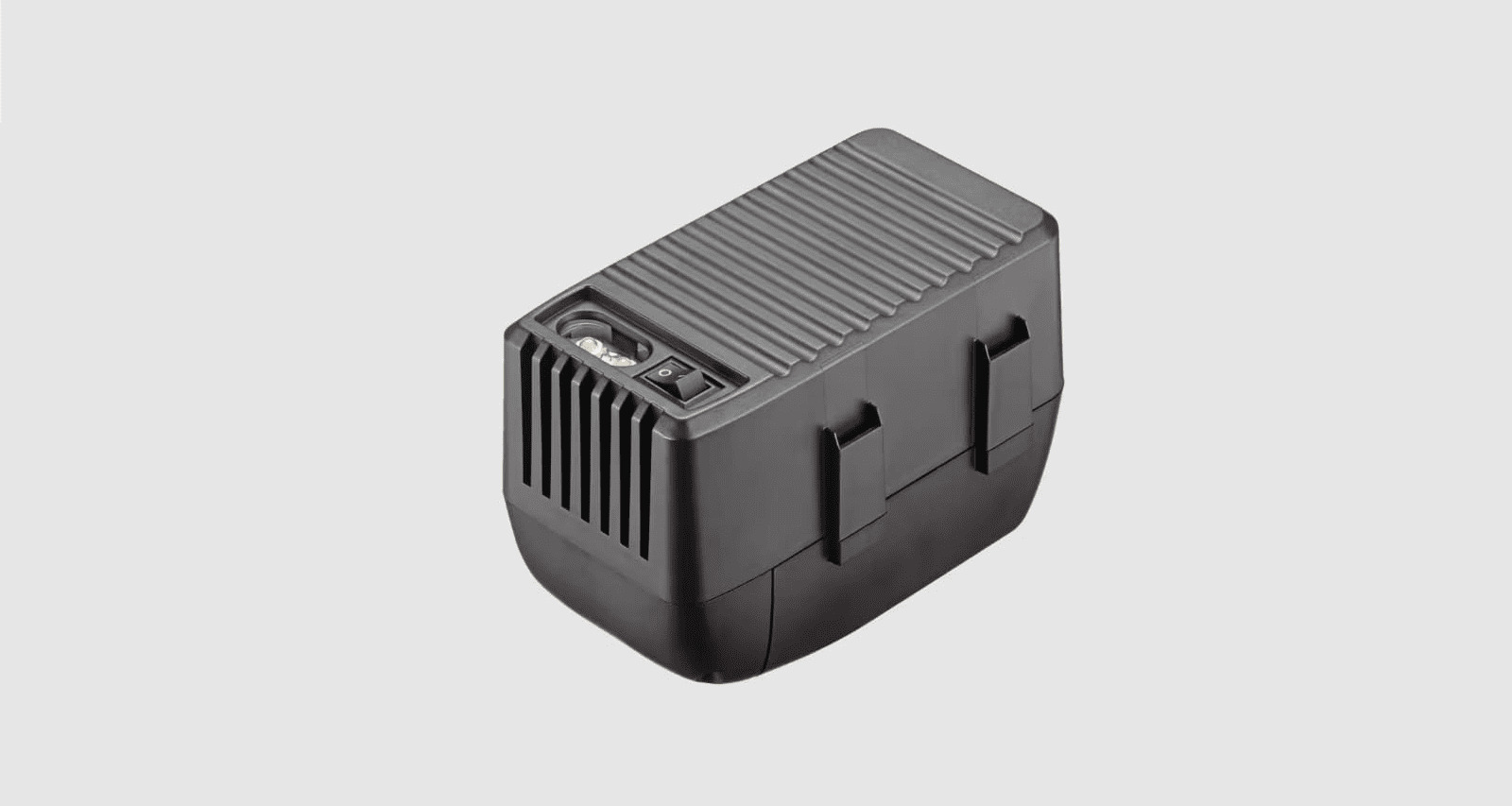Garage door sensors play a crucial role in ensuring the safety and smooth operation of your garage door. Regular maintenance of these sensors is essential to prevent malfunctions and potential accidents. In this guide, we’ll delve into the importance of garage door sensor maintenance, covering cleaning and calibrating procedures.

Understanding Garage Door Sensors
Garage door sensors come in various types, including infrared and photoelectric sensors. These sensors are designed to detect obstacles and prevent the door from closing, ensuring the safety of people and property. However, issues such as dirt accumulation or misalignment can affect their performance.
- Cleaning Garage Door Sensors. Garage door sensors are a crucial component of your home security, ensuring that the door doesn’t close when an obstacle is detected. Regular maintenance, particularly cleaning, is essential to keep these sensors functioning optimally. In this guide, we’ll explore the significance of cleaning garage door sensors and provide a step-by-step process to maintain their efficiency.
- Materials Needed. To clean your garage door sensors, you’ll need a soft cloth, mild cleaning solution, and a gentle brush. These materials help remove dust and debris without damaging the sensor components.
- Step-by-Step Cleaning Process. Start by turning off the power to the garage door to ensure safety. Gently wipe the sensor lenses with a cloth, using the brush for hard-to-reach areas. Clean the surrounding areas to prevent debris from accumulating.
- Frequency of Cleaning. Regular cleaning is crucial to maintaining sensor efficiency. Aim to clean your garage door sensors at least every three months or more frequently if you notice dirt buildup.
Calibrating Garage Door Sensors
Importance of Sensor Calibration
Ensuring the accurate detection of obstacles, calibrating your garage door sensors is vital. This process heightens sensor responsiveness, preventing false alarms or failure to detect obstacles effectively.
Indicators for Calibration Requirement
If your garage door partially closes and then reverses or if the sensor lights blink, it signals the need for calibration. Regularly check for these signs to maintain optimal sensor performance.
Do-It-Yourself Calibration Steps
Most garage door sensors feature a manual calibration option. Follow the manufacturer’s instructions to calibrate the sensors correctly, typically involving adjusting sensor alignment and testing door operation.
Tips for Troubleshooting
Playing a critical role in home safety, garage door sensors can encounter issues affecting performance. This guide explores common problems and provides effective troubleshooting tips.
Issues with Garage Door Sensors
Understanding typical challenges is the first step in troubleshooting. Common problems include obstruction, misalignment, dirty lenses, and wiring issues.
Addressing Obstruction Problems
- Examine Sensor Area: Check the sensor’s line of sight for any objects, debris, or obstructions, removing impediments.
- Trim Overhanging Branches: Trim branches or plants obstructing the sensor path for a clear line of sight.
Correcting Misalignment
- Check Sensor Alignment: Ensure proper alignment of both transmitter and receiver sensors, adjusting as per manufacturer’s guidelines.
- Use a Laser Level: Employ a laser level for precise alignment, adjusting sensors until the laser beam remains uninterrupted.
Cleaning Dirty Sensor Lenses
- Power Off the Door: Before cleaning, turn off the garage door power for safety.
- Use a Soft Cloth: Dampen a soft cloth with a mild cleaning solution, gently wiping sensor lenses to remove dirt.
- Allow Drying Time: Ensure sensors are completely dry before restoring power to the garage door.
Checking Wiring Connections
- Inspect Wires for Damage: Carefully examine sensor wiring for damage, fraying, or loose connections.
- Secure and Repair Wires: If damaged wires are found, secure or repair them, ensuring tight and properly insulated connections.

When to Seek Professional Help
- Persistent Issues: If problems persist after troubleshooting, consult a professional garage door technician.
- Complex Wiring Issues: Expertise may be needed for intricate wiring problems, especially if you’re uncomfortable with electrical components.
Preventive Measures
While troubleshooting is crucial, adopting preventive measures reduces the likelihood of problems. Explore proactive steps to maintain optimal garage door sensor performance.
Regular Inspection Routine
Include garage door sensor checks in your routine home maintenance to identify potential issues proactively.
External Factors Affecting Sensors
Consider external factors like weather conditions and direct sunlight, adjusting sensors or installing shields to mitigate their impact.
Benefits of Regular Maintenance
Extended Sensor Lifespan: Routine cleaning and calibration contribute to sensor longevity, avoiding premature replacements.
Enhanced Safety Features: Well-maintained sensors ensure family and property safety by preventing accidents and damages from a malfunctioning garage door.




